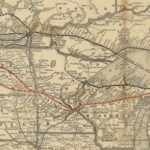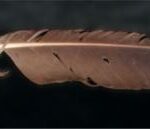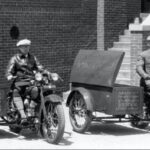Soo Line #1003 is a L-1 Class 2-8-2 Mikado engine built in March of 1913 by the American Locomotive Company in Schenectady, New York. The word “Mikado” comes from Japanese, and is an archaic word that means “the Emperor,” and the 2-8-2 refers to its wheel arrangement (two pilot wheels, 8 drive wheels, and 2 trailing wheels to support a larger firebox). Engines built with this wheel arrangement were all referred to as Mikados because it’s said that this design was first built for the Emperor of Japan in the 19th century. At the time it was built, the locomotive cost $25,654.63. She measures 82½ feet long, has 63-inch driving wheels in the front, and weighs 246½ tons. She was designed to haul freight trains, and could carry 17½ tons of coal and 5 tons of water in her tender.
The first Mikado (2-8-2) Soo Line engine was inherited by the Soo Line when it merged with the Bismarck, Great Falls, and Washburn Railway Company in 1904. In 1912, the Soo Line ordered ten more Mikados from the American Locomotive Company, which were built in 1913 (these Engines number from Soo Line #1001 to #1010).
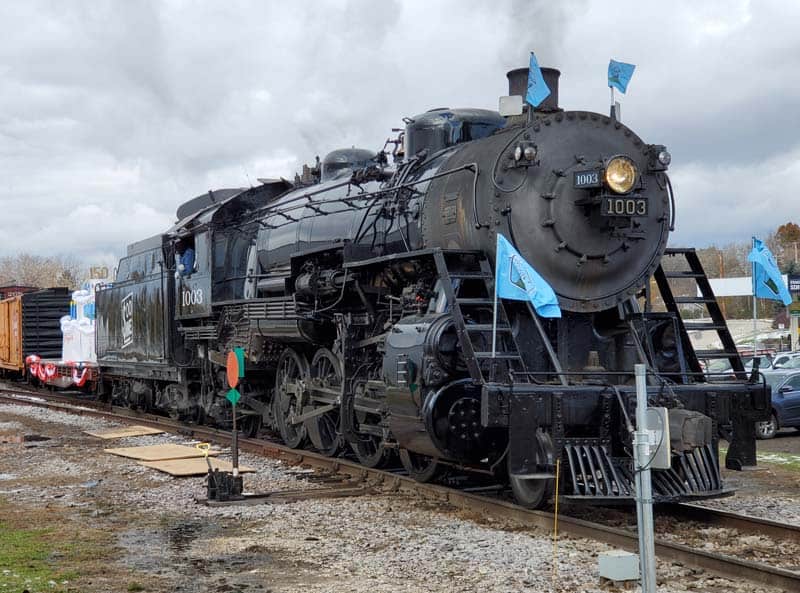
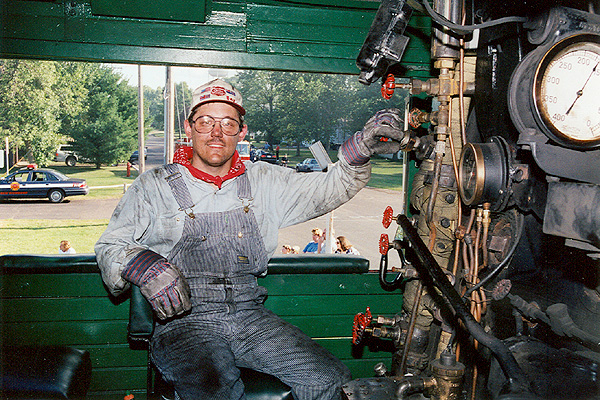
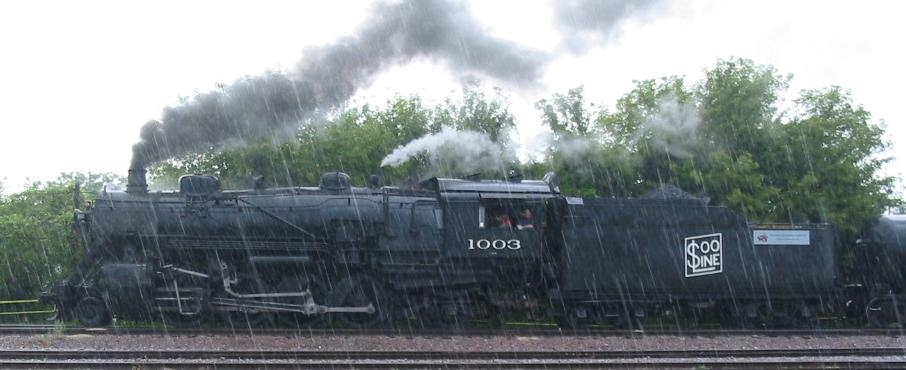
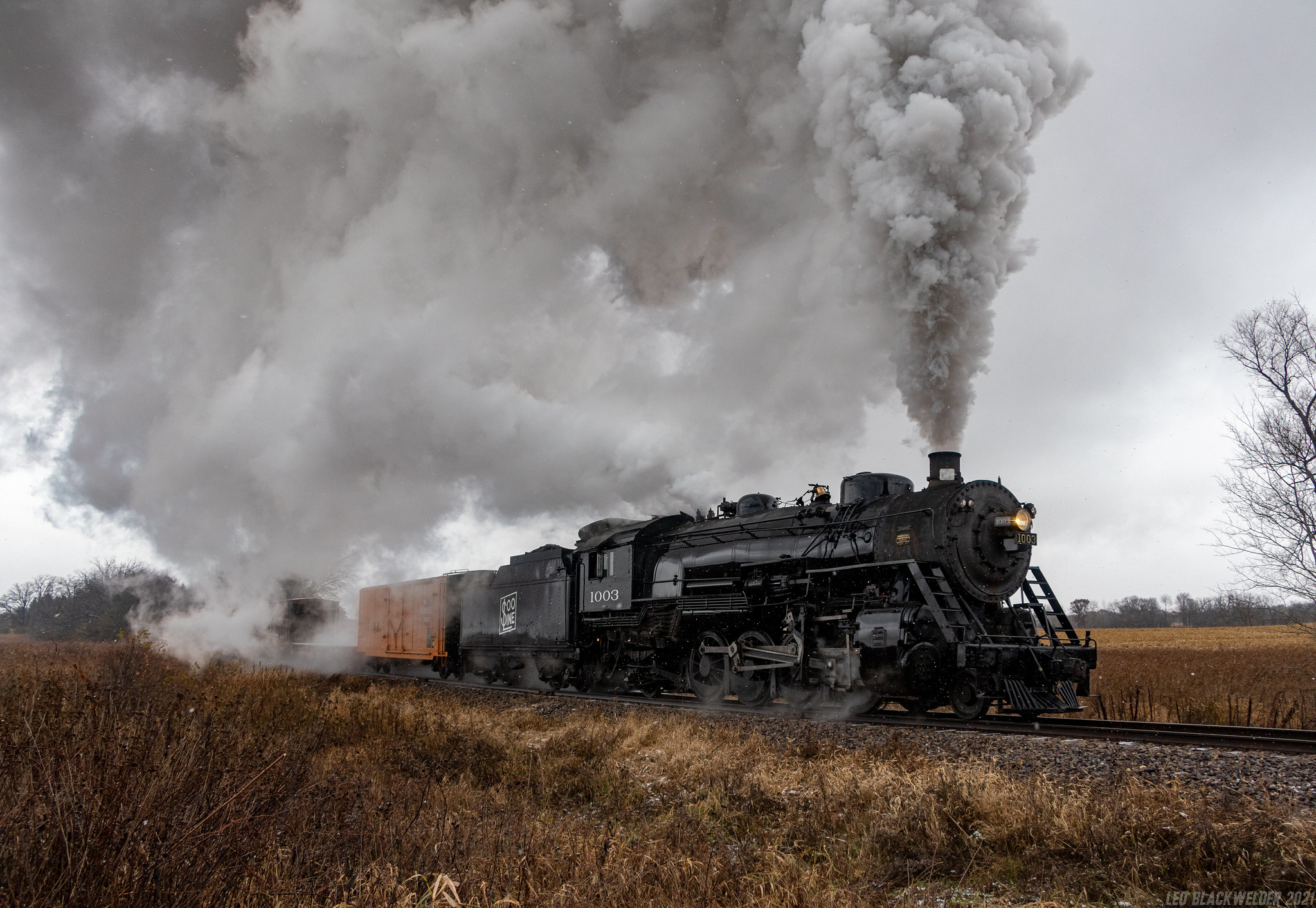
The Mikado engines were long-lived. Only one (Soo Line #1004) was retired prior to 1954 when the Soo Line was dieselized (the company switched from coal-powered steam engines to diesel-powered engines). After this, all of the Soo Line’s L-1 Mikados were sold for scrap except the Soo Line #1003, which was maintained and kept in strategic reserve in a roundhouse in Gladstone, Michigan. The engine was never called into action and was officially retired in 1959. A few months later, the engine was donated to the city of Superior to commemorate its connection to the Soo Line and Great Lakes shipping; after all, the twin ports of Duluth and Superior had been one of the reasons for the creation of the Soo Line.
The engine sat in a park in Superior until the 1990’s when 1003 Operations LLP bought it from the City of Superior and began restoration. Engine #1003 returned to special operation in 1996, making steam excursions to Duluth, Minnesota. Today, the engine is owned, operated, and maintained by the Steam Locomotive Heritage Association, and is typically on display at the Wisconsin Automotive Museum at Hartford, Wisconsin. It continues to operate special excursions, and annually operates for photo charters and trips with Santa Claus.
Written by Ben Sipiorski, April 2019. Edited and expanded August 2025.
SOURCES
Patrick C. Dorin, The Soo Line. Burbank, Cal.: Superior Publishing Company, 1979.
Soo Line Railroad Company records, 1855-1994. Minnesota Historical Society. https://mnpals-mhs.primo.exlibrisgroup.com/permalink/01MNPALS_MHS/ge68j0/alma990017145410104294
Steam Locomotive Heritage Association, “Soo Line Locomotive 1003.” http://steamlocomotiveheritage.org/soo-line-1003-2/
Robert Wagner, “Soo Line #1003 at the Wisconsin Automotive Museum,” Steam Giants (website). https://steamgiants.com/survivors/operating/soo-line-1003/

Wisconsin Automotive Museum
This object is part of the Wisconsin Automotive Museum Collection in Hartford, Wisconsin. Research for this object essay and its educational materials was supported by the museum.
